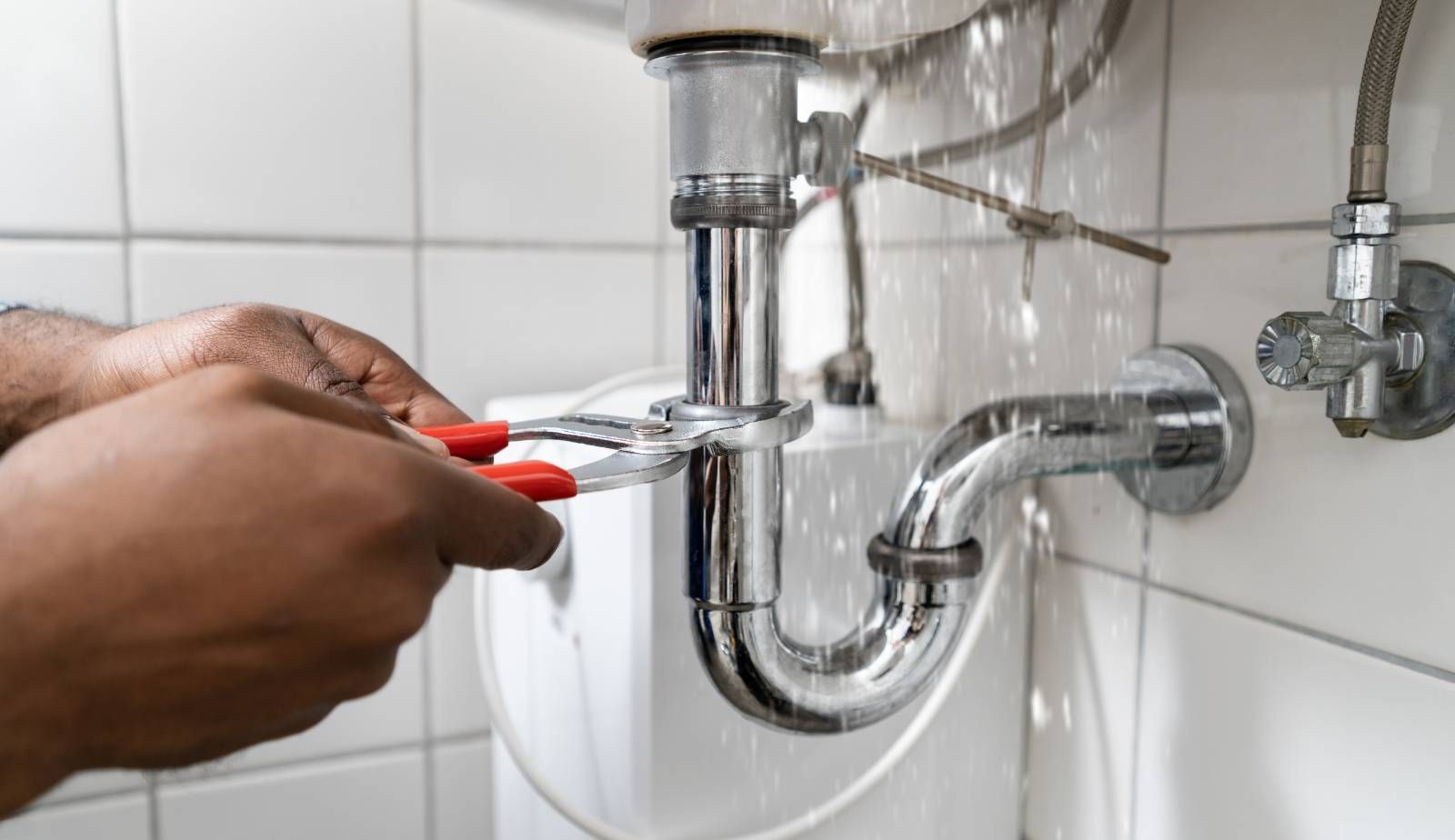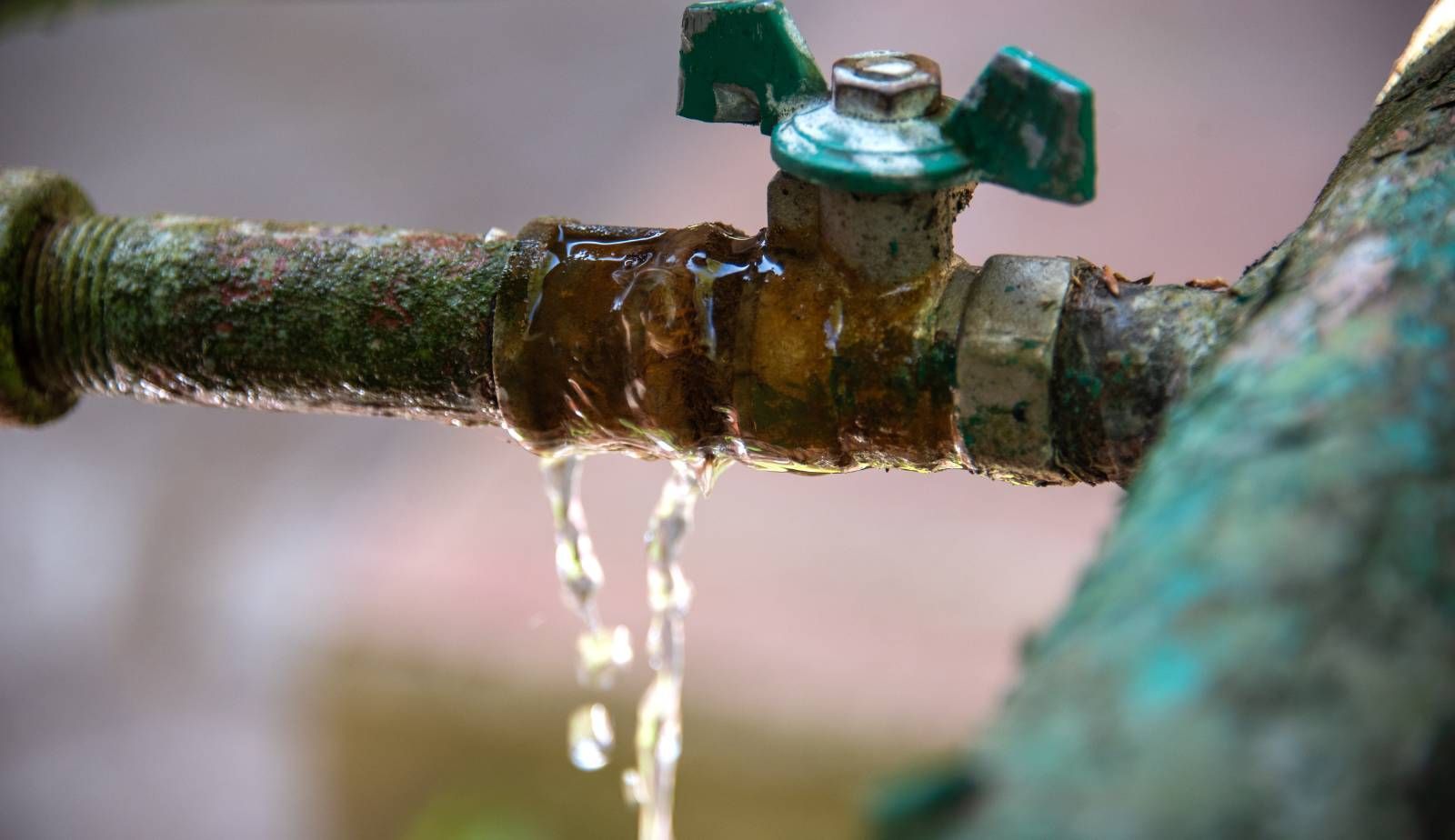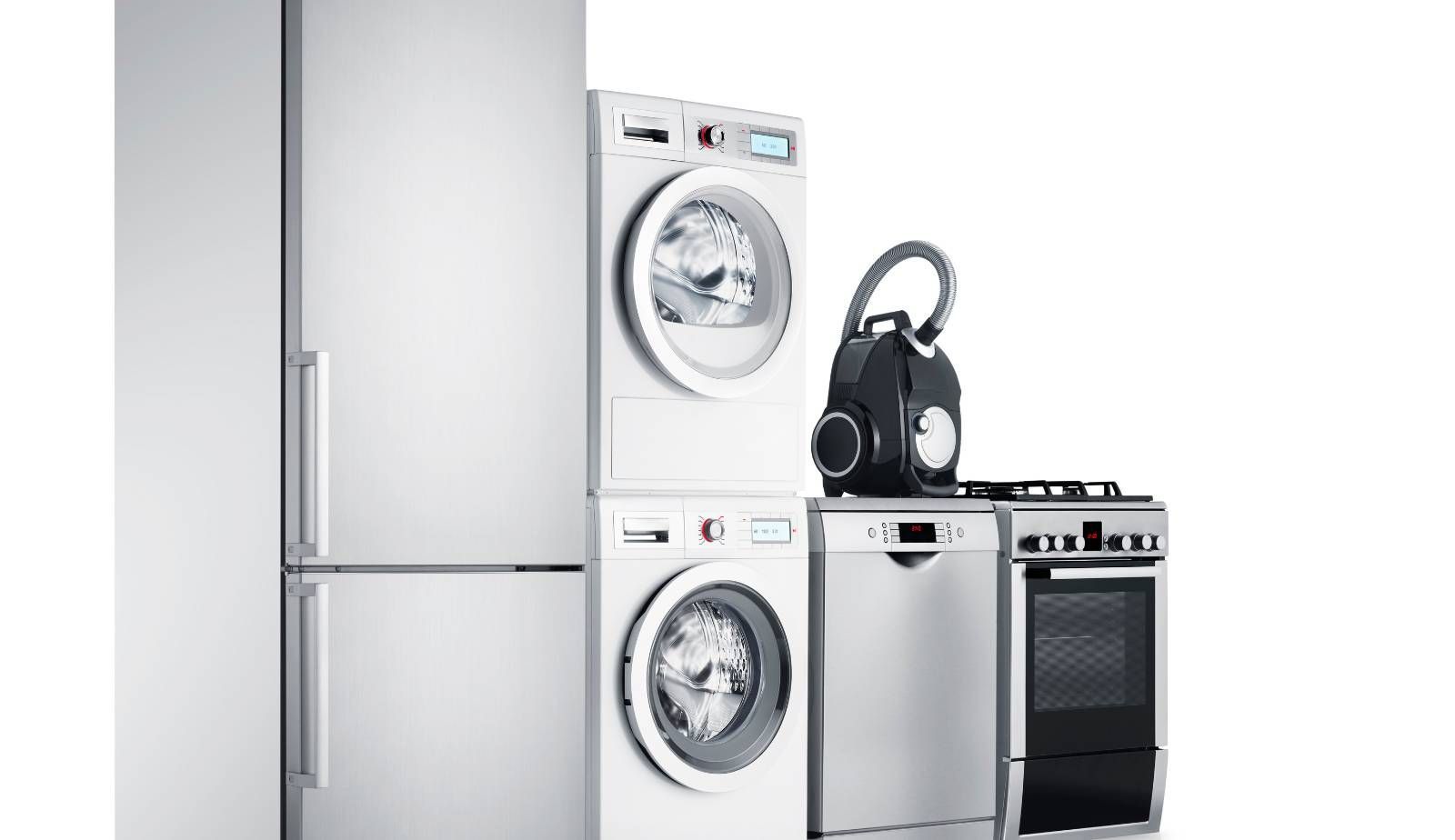Water Damage from Appliances: Essential Prevention Tips for Homeowners
Water damage from household appliances is a common issue that many homeowners face. Washing machines, dishwashers, and water heaters are often at the forefront of these problems, causing not only costly repairs but also significant inconvenience. Regular maintenance and timely checks on these appliances can greatly reduce the risk of leaks and water damage.
Washing machines are particularly prone to issues due to worn hoses and improper connections. It's essential to inspect hoses regularly for signs of wear or leaks and consider upgrading to more durable materials like stainless steel. Dishwashers can also develop leaks over time, especially if the door seals are compromised. Ensuring that the appliance is level and free from obstructions can help maintain a proper seal.
Water heaters are another appliance that can lead to extensive damage if not properly maintained. Routine inspections can identify leaks before they escalate into significant issues. Implementing these preventative measures not only protects the home but can also extend the life of the appliances. Following expert tips from Drymax can help homeowners safeguard their properties against appliance-related water damage.
Understanding Water Damage in Home Appliances
Water damage from household appliances can lead to significant structural issues and mold growth if not addressed promptly. Identifying the common causes of these leaks and recognizing the early signs of dampness can help prevent extensive damage.
Common Causes of Appliance Water Damage
Several household appliances are prone to causing water damage. Washing machines often experience issues due to worn hoses, improper installation, or overloading. A failure in any of these areas can result in leaks that may go unnoticed for extended periods.
Dishwashers also present a risk. Cracked door seals and blocked drain hoses can lead to water pooling underneath the appliance. Even minor malfunctions can escalate if left unchecked.
Water heaters are notorious for causing damage when they develop leaks. Typically, corrosion or damage to the tank creates a risk of significant water loss, threatening not only the appliance but also surrounding structures.
Regular inspections and maintenance are vital for all these appliances to mitigate risks.
Identifying Signs of Dampness and Leaks
Recognizing the early indicators of water damage can prevent costly repairs. Homeowners should be vigilant for damp spots on walls or ceilings, especially near appliances. These spots may indicate hidden leaks.
Mold growth is another critical warning sign. If a musty odor is present or visible mold appears around appliances, immediate action is necessary to investigate the cause.
Dripping sounds or the presence of standing water near appliances are also telltale signs of trouble. Homeowners should not ignore water pooling, as this can lead to structural damage over time.
Maintaining awareness of these signs helps in addressing potential water damage before it becomes severe.
Maintenance Tips for Washing Machines
Washing machines are essential household appliances, but they can also be sources of significant water damage if not properly maintained. Regular maintenance and attentive leak detection can prevent costly repairs and protect the home.
Preventing Washing Machine Leaks
To mitigate the risk of washing machine leaks, start with a thorough inspection of the hoses. Look for any signs of wear, cracks, or kinks. Replace hoses every five years, even if they appear intact. Consider upgrading to steel-braided hoses, as they provide enhanced durability.
Additionally, ensure that the washing machine is level. An unbalanced machine can lead to excessive vibrations and potential leaks. Use a level to verify alignment, adjusting the feet if necessary.
Regularly check door seals and gaskets for any signs of mold or damage. A compromised seal can allow water to escape during cycles. Cleaning these areas with mild soap and water can help maintain their integrity.
Routine Checks and Leak Detection
Establish routine checks to monitor the washing machine’s functionality. Owners should inspect the appliance at least once a month. During these checks, observe the machine’s performance for any unusual sounds or water buildup.
Consider installing a water leak detection device near the washing machine. These devices can alert homeowners to leaks before they escalate into major issues.
It is also important to keep an eye on the drain hose. Ensure it is securely connected and free from clogs. A blocked hose can cause backflow and leaks.
Regular maintenance and vigilant inspections are key to preventing water damage from washing machines. By taking proactive measures, homeowners can protect their property and prolong the lifespan of their appliances.

Best Practices for Dishwashers
Regular maintenance and careful use of dishwashers can effectively prevent leaks. Understanding the common causes of dishwasher leaks and implementing practical strategies will help maintain the appliance's integrity.
Avoiding Dishwasher Leaks
One of the primary causes of dishwasher leaks is faulty or defective seals. These seals can wear out over time, allowing water to escape during cycles. To prevent this, inspect door gaskets regularly and replace any that show signs of wear.
Additionally, ensure that the dishwasher is level. An unlevel dishwasher can cause water to pool and eventually leak. Place a level on top of the unit and adjust the feet if necessary.
Using the correct amount of detergent is also crucial. Excess detergent can create bubbles that force water out of the dishwasher, leading to leaks. Always follow the manufacturer's guidelines for detergent quantity.
Maintenance Strategies for Dishwashers
Routine maintenance plays a significant role in minimizing the risk of water damage. It's recommended to check filters and clean them regularly to prevent clogs that can cause backups.
Cleaning the spray arms is essential as well. Debris can obstruct the spray arms' movement, leading to uneven cleaning and potential leaks. Detach them periodically to rinse and ensure all holes are clear.
Finally, consider conducting annual professional inspections. A technician can identify early signs of wear or defective components that may lead to leaks. By addressing issues promptly, owners can prolong the lifespan of their dishwashers.
Water Heaters and How to Maintain Them
Water heaters are essential appliances that can cause significant water damage if not properly maintained. They require regular attention to prevent leaks and bursts, which can lead to extensive damage and costly repairs. Effective maintenance strategies can mitigate these risks.
Mitigating Risks of Water Heater Failures
To prevent water damage, it is crucial to monitor water pressure and temperature settings in the heater. High water pressure can stress pipes and fittings, increasing the risk of a burst pipe. It is recommended that homeowners keep the pressure between 40-60 psi.
Regularly checking for signs of leaks, such as damp spots or pooling water, can also indicate potential issues. Homeowners should inspect the area around the water heater for any moisture. Installing a drip pan under the heater can catch minor leaks before they can escalate.
Another preventative measure is to routinely flush the tank to remove sediment buildup. This process enhances efficiency and longevity, reducing the chances of malfunction. It is advisable to perform this maintenance at least once a year.
Regular Water Heater Inspections
Regular inspections of the water heater help in early detection of issues. Homeowners should look out for rust on the tank surface or any unusual noises during operation. These can signal corrosion or sediment buildup.
Checking the temperature settings is also important. The U.S. Department of Energy recommends keeping the thermostat set to 120°F to prevent overheating and excessive pressure buildup. Insulating pipes connected to the water heater can also help maintain temperature and reduce energy costs.
Lastly, it is beneficial to have a professional inspection every few years. A certified technician can identify underlying problems and recommend repairs or replacements if necessary. Regular maintenance ensures that the heater operates efficiently and minimizes the risk of water damage.
Refrigerators, Air Conditioners, and Other Appliances
Household appliances like refrigerators and air conditioners can lead to significant water damage if not properly maintained. Prevention is key to ensuring these appliances function correctly and do not leak.
Preventative Care for Refrigerators
Regular maintenance of refrigerators can prevent leaks. > Check the water supply line: Inspect for any kinks, loose connections, or signs of wear. Pay attention to the area around the ice maker, as this is a common leak source.
Clean the drip pan: The drip pan collects condensation and should be emptied and cleaned periodically. A dirty pan can lead to mold, odors, and potential overflow.
Examine seals and gaskets: Inspect door seals for cracks. Replace them if they are worn to ensure energy efficiency and prevent moisture buildup.
Taking these steps regularly can extend the life of the refrigerator and help prevent water-related issues in the home.
Air Conditioner Draining and Maintenance
Air conditioners can also be a source of water damage if drainage is not managed effectively.
Clean the condensate drain line: Over time, algae and debris can obstruct the drain line. Regularly flushing it with a mixture of vinegar or warm soap and water can help keep it clear.
Monitor the drain pan: The drain pan collects excess water, and if it overflows, it can cause serious damage. Ensure it is located correctly and not rusted.
Check for leaks: Regularly inspect the air conditioner for any signs of leaking water. Catching these issues early can prevent significant repair costs.
Maintaining air conditioners properly reduces the risk of flooding and improves the unit's efficiency.

Addressing Plumbing and Structural Concerns
Maintaining plumbing system integrity and addressing structural issues are crucial in preventing water damage. Proper care and timely interventions can save homeowners from extensive repairs and costs.
Home Plumbing System Integrity
A robust plumbing system is essential for preventing leaks and water damage. Regular inspections can identify vulnerabilities before they escalate. Homeowners should pay attention to:
- Corroded Pipes: Aging pipes can lead to leaks. Replacing them can prevent possible water damage.
- High Water Pressure: Excessive pressure strains plumbing fixtures. Installing a pressure-reducing valve can mitigate this risk.
- Clogged Gutters: Gutters that are obstructed can cause water overflow, leading to leaks in the roofing and walls. Regular cleaning is necessary to ensure proper drainage.
- Signs of Leakage: Homeowners should look for damp spots or water stains on walls, ceilings, and floors. These indicators can reveal plumbing issues that require immediate attention.
Structural Issues Related to Water Damage
Water damage can compromise a home's structural integrity. Identifying and addressing these concerns early is vital for safety and longevity. Key points to consider include:
- Mold Growth: Moisture can lead to mold, which not only damages materials but also poses health risks. Prompt remediation is essential when water is found.
- Foundation Damage: Continuous water exposure can weaken a home's foundation. Homeowners should inspect the foundation regularly for cracks or shifts.
- Wood Rot: Prolonged dampness can lead to rotting wood in frames, floors, and supports. Regular monitoring and maintenance are necessary for wooden structures.
- Outdoor Drainage: Proper drainage systems should be in place to redirect water away from the home. If drainage issues persist, consulting a professional can help mitigate long-term damage.
By focusing on these aspects, homeowners can maintain their plumbing systems and ensure structural integrity.
Emergency Measures and Water Damage Restoration
In situations involving water damage, immediate action and expert assistance are crucial for effective recovery. Homeowners must take specific steps to mitigate damage and understand the role of professional water restoration services.
Immediate Actions in Case of Flooding
When flooding occurs, quick response can prevent extensive property damage. First, ensure safety by turning off the electricity and gas in the affected area. If possible, move valuable items to higher ground to avoid water exposure.
Next, assess the source of the flooding. In cases of a sewage backup or appliance leak, stop the water source if it is safe to do so. Using a wet/dry vacuum, homeowners can begin water extraction. For larger volumes of water, professional equipment may be needed.
After water removal, it is essential to dry the area thoroughly. Open windows, use fans, and dehumidifiers to speed up the drying process. This step is critical in preventing mold growth and further structural damage.
Professional Water Restoration Services
Engaging professional water restoration services is vital for efficient recovery from significant water damage. These experts offer specialized equipment for water extraction and drying, which can be far more effective than DIY methods.
Water restoration services include a comprehensive assessment of the damage. They identify affected areas and implement appropriate drying techniques. This often involves industrial-strength dehumidifiers and heaters to ensure moisture is thoroughly removed.
Additionally, these professionals handle potential hazards like sewage backups, ensuring safe cleanup without health risks. They also assist with insurance claims, streamlining the process for homeowners. Prompt response and skilled intervention can significantly reduce long-term damage and associated costs.
Prevention is Better Than Cure: Creating a Water Damage Prevention Plan
A proactive approach to water damage prevention can save homeowners from costly repairs and health hazards. Establishing a water damage prevention plan involves routine checks and investing in technology that can detect leaks early.
Developing a Routine for Home Maintenance Checks
Regular home maintenance checks are crucial. Appliances such as washing machines, dishwashers, and water heaters should be inspected frequently. Homeowners should look for signs of wear or potential leaks.
Specific areas to check include:
- Hoses and Connections: Inspect for cracks or corrosion.
- Seals and Gaskets: Ensure they are intact to prevent leaks.
- Drainage Systems: Clear any blockages that may cause overflow.
Schedule these inspections at least twice a year. Keeping a maintenance log helps track issues and repairs. Regular checks can significantly reduce the risk of water damage.
Investing in Leak Detection Systems and Alarms
Leak detection systems and alarms are essential tools for preventing water damage. These systems monitor water usage and detect leaks early, allowing for prompt action.
Homeowners should consider:
- Smart Leak Detectors: Devices that alert users via smartphone when a leak is detected.
- Water Shutoff Valves: These automatically shut off water supply during a leak event.
Install these systems in key areas such as kitchens, bathrooms, and laundry rooms. Investing in technology can provide peace of mind and significantly reduce potential damage costs over time.

Frequently Asked Questions
Many homeowners have concerns about potential water damage from appliances. Addressing these concerns involves understanding prevention strategies, maintenance practices, and signs of possible issues.
What steps can I take to prevent my washing machine from leaking?
Regular inspection of hoses is essential. They should be checked for cracks or bulges and replaced every five years. Ensuring that the washing machine is level can also prevent leaks caused by vibrations.
How can routine maintenance mitigate the risk of water damage from a refrigerator's ice maker?
Homeowners should routinely inspect the ice maker’s water line for kinks or damage. It's advisable to clean the ice maker components periodically and ensure the door seals are tight. This can reduce the chances of leaks.
What are the signs that a water heater may be at risk of causing water damage?
A condensation buildup around the unit is a warning sign. Homeowners should also look for rust or water pooling at the base of the heater. Regularly checking the pressure relief valve can help identify potential risks.
What practices should homeowners follow to minimize the potential for water damage from dishwashers?
Keeping the door seals clean and inspecting them for damage is crucial. Homeowners should avoid overloading the dishwasher, as it can lead to improper sealing and leaks. Regularly checking the drain hose for clogs is also recommended.
Can water softeners help protect home appliances and prevent water damage?
Yes, water softeners can prevent scale buildup in appliances, which helps maintain their efficiency. This reduction in scale can prolong the life of appliances and minimize the likelihood of leaks due to stress on the plumbing.
What are effective strategies for detecting and addressing hidden water leaks in home appliances?
Using moisture sensors can help detect hidden leaks early. Homeowners should also check areas around appliances for any signs of water damage, like stains or mold growth. Regular inspections can catch problems before they lead to significant damage.
You might also like
DryMax Restoration Blogs




